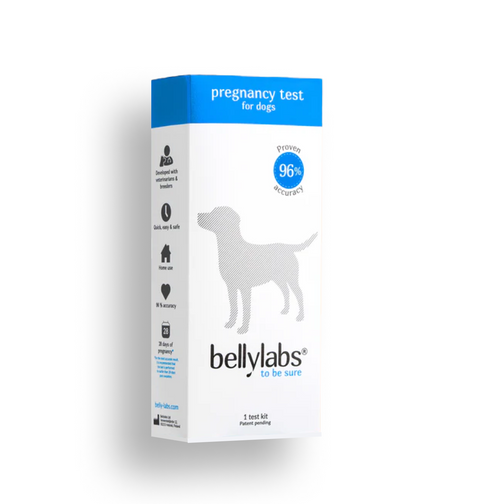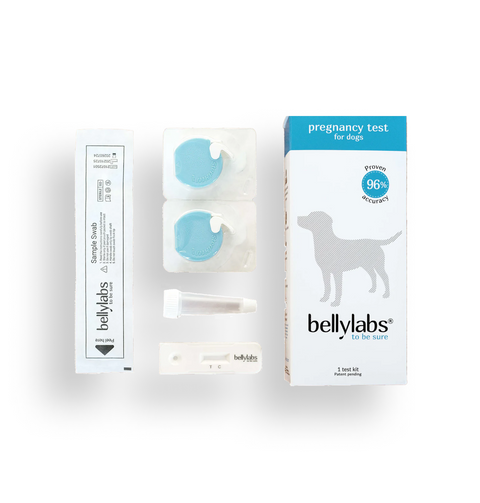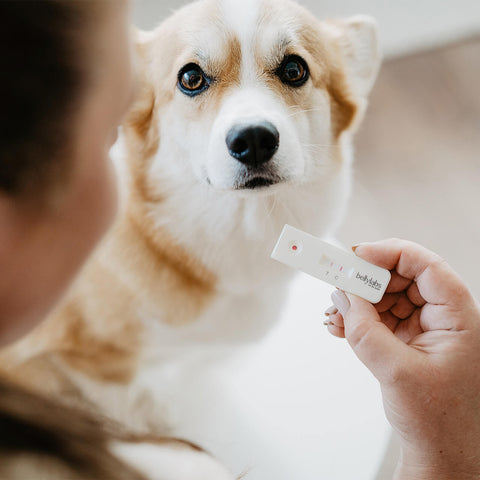With the increasing popularity of certain dog breeds, cesarean sections are becoming more common. Cesarean delivery, whether planned or emergency, is prevalent, especially among breeds prone to dystocia. Here is what you should know about canine fertility after cesarean sections compared to natural births.
Key Findings:
A study evaluated fertility in dogs post-cesarean section versus natural birth, considering factors like subsequent pregnancies, number of puppies born, and likelihood of needing another cesarean. The research involved 261 dogs across various breeds, with 119 undergoing cesarean sections and 142 experiencing natural births. Remarkably, fertility rates after cesarean sections were comparable to natural births, with around 93% and 91% of bitches conceiving successfully, respectively.
Implications:
While a prior cesarean section didn't impact fertility or litter size in subsequent pregnancies, there was a higher likelihood of needing another cesarean. Breed, prior cesarean history, and parity didn't affect litter size. Notably, certain breeds, like bulldogs, showed a higher propensity for cesarean sections. This information is crucial for dog breeders, highlighting the importance of informed decision-making regarding breeding dogs with a history of cesarean sections due to the increased risk of dystocia.
Conclusion:
Understanding the fertility dynamics post-cesarean section in dogs is vital for informed breeding decisions. While fertility remains unaffected, the risk of subsequent cesarean sections is higher. This data aids veterinarians in counseling breeders, emphasizing ethical considerations in breeding practices.
Authors: Theresa Conze, Kathrin Büttner, Axel Wehrend
Published: June 16th, 2022












